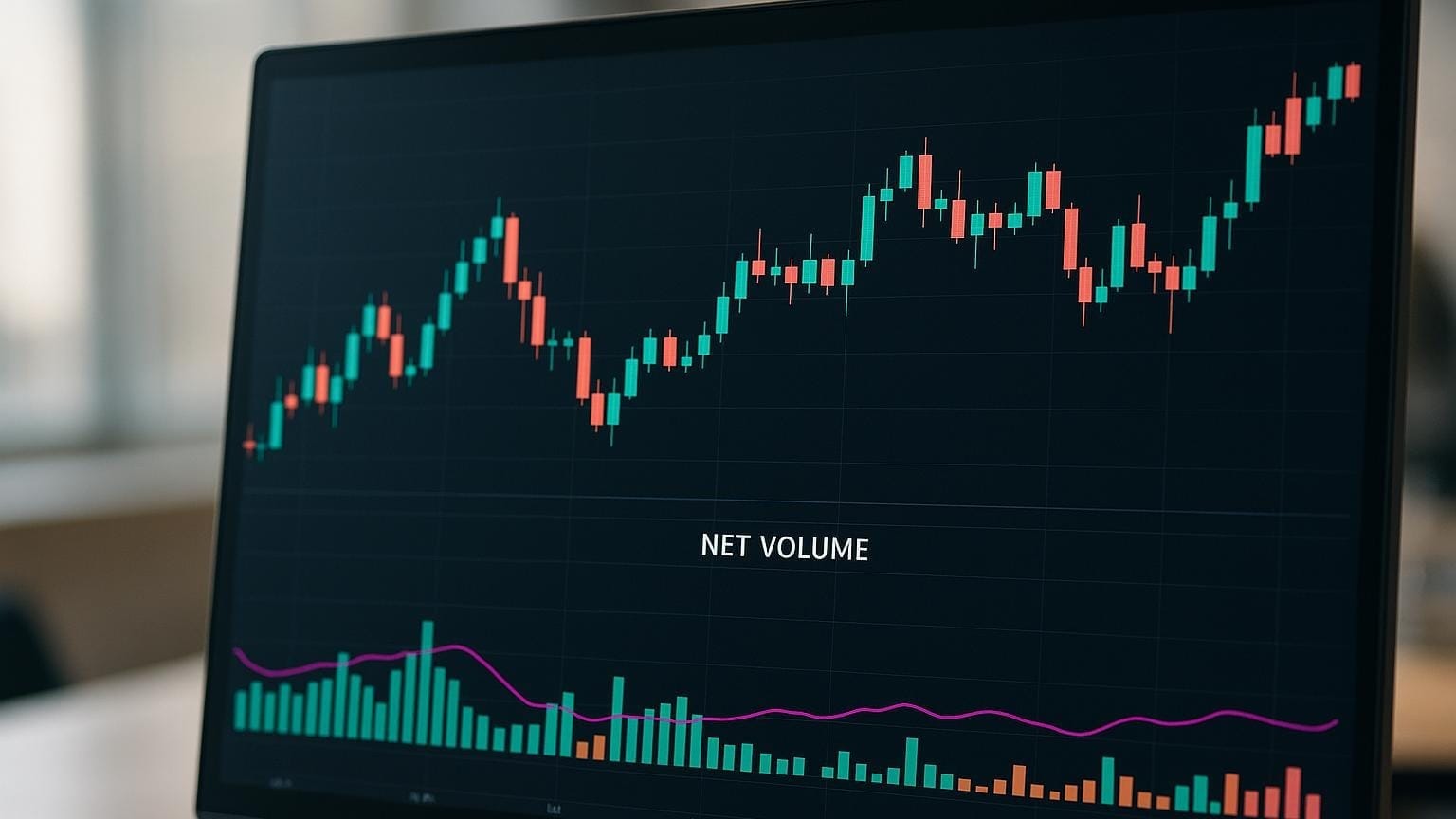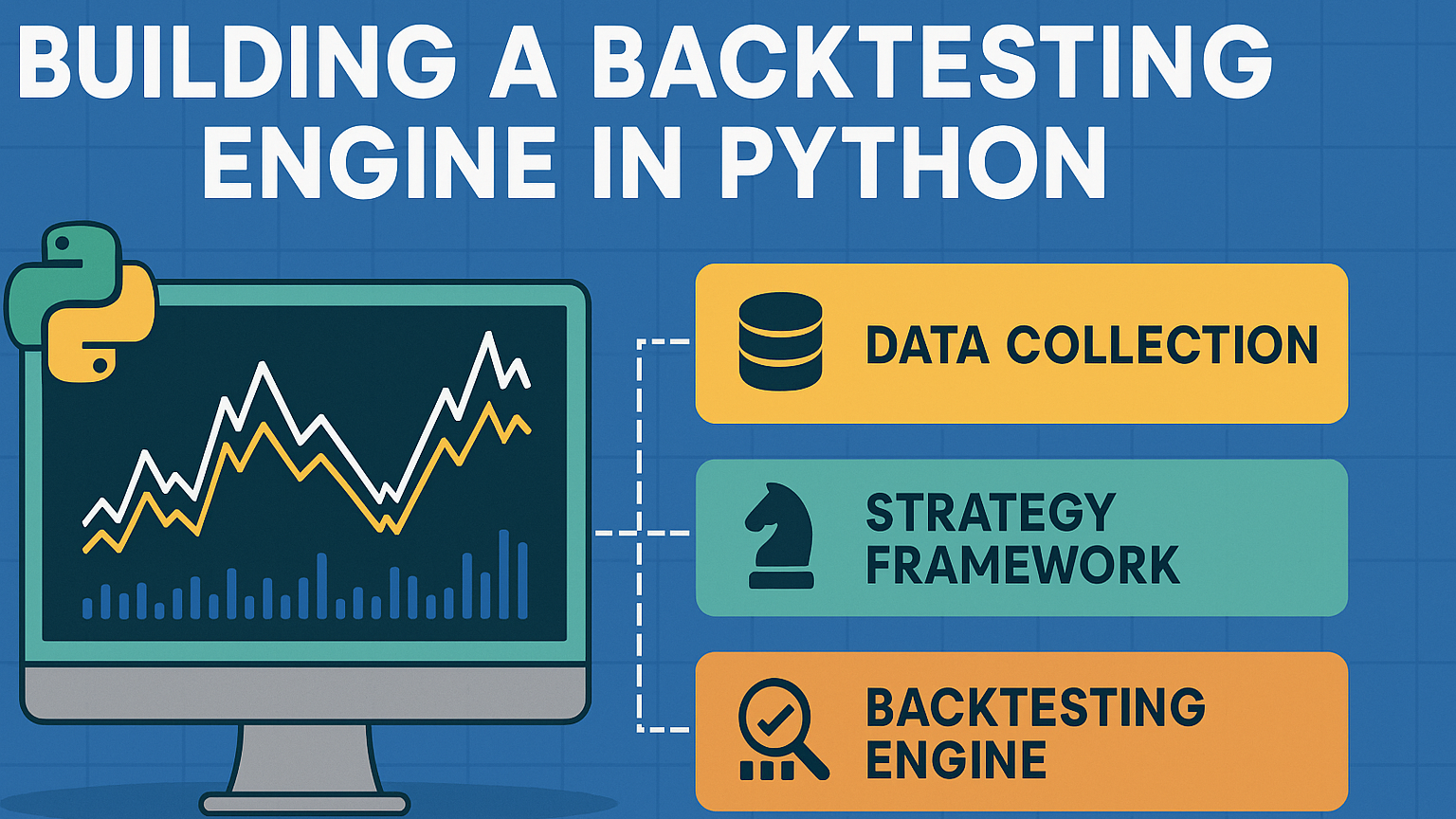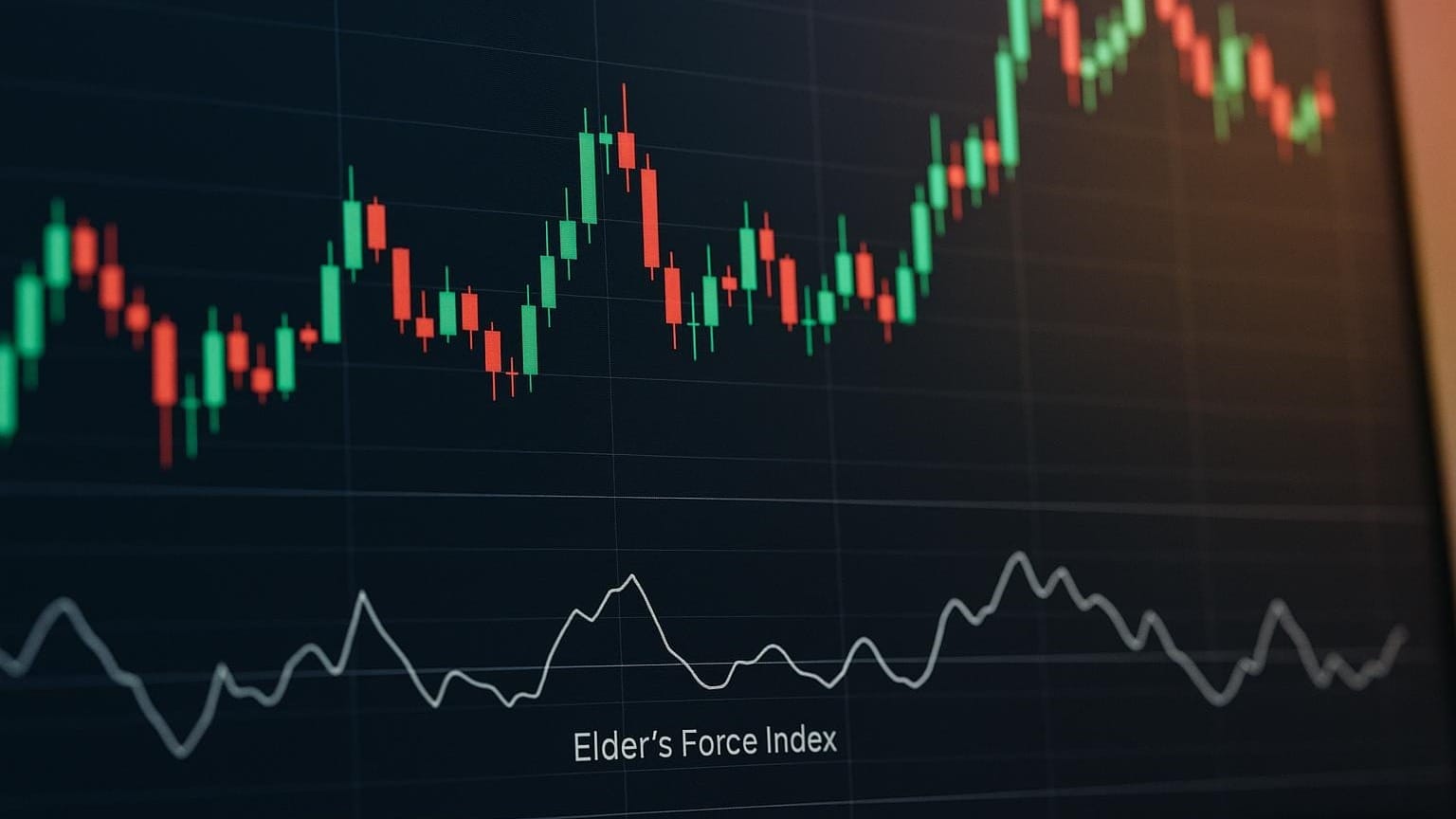Learn to identify V Bottoms and Tops for accurate market reversals, along with confirmation tools and trading strategies.
V Bottoms and V Tops are sharp market reversal patterns that can help traders spot clear entry and exit points. Here's a quick breakdown:
- V Bottom: A steep price drop followed by a rapid recovery.
- V Top: A sharp price rise followed by a sudden decline.
- Key Tools for Confirmation:
- Volume Analysis: Look for volume spikes at reversal points.
- Trendline Breaks: Validate the reversal with a trendline breakout.
- Support/Resistance Levels: Use these to confirm price movement.
- Timeframes:
- Use longer timeframes for trend analysis (e.g., weekly charts).
- Use shorter timeframes (e.g., 15-minute charts) for precise entries.
Quick Tip: Always confirm patterns with multiple signals, like RSI divergence or sector-wide analysis, and manage risk with stop-losses and a 2:1 reward-to-risk ratio.
These patterns can be powerful, but they require careful validation and disciplined trading strategies to capitalize on sharp market movements.
How To Tell When A Trend Will Reverse
How to Spot V Bottom Patterns
Let’s break down how to identify V Bottom patterns effectively.
Shape and Structure
A V Bottom pattern is characterized by its sharp, V-shaped appearance, which includes a rapid drop followed by an equally quick recovery. Here’s what to watch for:
- A steep decline driven by strong selling pressure.
- A sharp reversal, often highlighted by a single candlestick with a long lower shadow.
- A recovery that mirrors the initial drop in speed and intensity.
- These patterns often align with channel boundaries, offering useful reference points.
Once you spot the shape, confirm it with technical indicators.
Technical Indicators
Technical tools can help validate the pattern and provide additional insights:
| Indicator Type | Purpose | How to Use |
|---|---|---|
| Trendlines | Validate the pattern | Draw trendlines along the decline to identify breakout levels. |
| Volume Analysis | Confirm momentum | Look for a spike in volume at the lowest point of the pattern. |
| Support/Resistance | Add price context | Identify key price levels where V Bottoms are likely to appear. |
Combining these tools increases your confidence in identifying genuine patterns.
Best Timeframes
To maximize accuracy, use a multi-timeframe approach:
- Longer timeframes (weekly or 60-minute charts) to establish the overall trend.
- Intermediate timeframes (daily or 15-minute charts) to identify potential V Bottom formations.
- Shorter timeframes (60-minute or 5-minute charts) to fine-tune entry points and minimize false signals.
Stick to your primary chart analysis to stay focused and avoid getting distracted by noise. This approach helps you zero in on authentic V Bottom reversals.
How to Spot V Top Patterns
Spotting V Top patterns involves careful observation, much like identifying V Bottoms.
Pattern Structure
V Tops are marked by a sharp upward movement with few pauses, often contained within parallel trendlines. This reflects strong buying momentum, which suddenly shifts to aggressive selling at the peak, forming an inverted V shape.
Reliable patterns often display symmetry in their upward and downward movements. For example, if the price rises at a 45-degree angle, the decline is likely to mirror this slope. Technical tools can help confirm these patterns.
Confirmation Tools
You can use technical analysis tools to verify V Top formations:
| Tool Type | Signal to Watch | Confirmation Criteria |
|---|---|---|
| Volume Analysis | Volume Spike | High trading volume at the reversal point |
| Trendline Break | Up-sloping Support | Price breaking below the trendline |
| Reversal Candles | Reversal Pattern | Clear reversal candle formation |
"The V-top pattern gets its name from the upside-down V shape formation and appears when price momentum switches from an aggressive buying to an aggressive selling state." - Richard Krugel
Pay attention to volume spikes during both the rise and fall phases.
Market Context
Technical confirmations alone aren't enough, market context adds another layer of reliability.
- Industry Analysis: Examine related stocks within the same sector. If multiple stocks show similar reversals, it strengthens the case for a V Top pattern.
- Technical Confluence: The best patterns occur when several technical factors align. Look for these near key resistance levels or when momentum indicators signal overbought conditions.
- Time Verification: Allow 2-3 days after a trendline break to confirm the reversal.
A great example of the power of reversal patterns comes from testing the "sushi roll" strategy on the NASDAQ Composite Index between 1990 and 2004. This approach delivered an impressive 29.31% average annual return, far outperforming the buy-and-hold strategy's 10.66%. This highlights the potential of well-identified reversal patterns in trading.
Confirming Trend Reversals
Recognizing V patterns is just the first step. To make confident trading decisions, you need to confirm the reversal with additional tools and signals.
Supporting Signals
Combining multiple signals strengthens the case for a V pattern reversal. Here are some key indicators to watch:
| Signal Type | Confirmation Criteria | Action Point |
|---|---|---|
| Trendline Break | Price breaks a well-established trendline | Wait 2-3 days to confirm the move |
| RSI Divergence | Negative divergence at reversal points | Check for overbought or oversold conditions |
| Industry Analysis | Similar patterns in related stocks | Compare sector-wide movements |
For example, during a V Top formation, draw trendlines along price bottoms. A trendline break, combined with other technical confirmations, provides a stronger signal to act.
"The difficulty with V top chart patterns is that by the time you recognize it, the move is over." - Thomas Bulkowski
Volume Analysis
Volume often plays a critical role in validating reversals. For instance:
- Apple (AAPL) formed a V Bottom between May and June 2024, rallying 12 percent on increasing volume.
- Tesla (TSLA) showed a V Top in October 2024, dropping 10 percent as volume spiked.
Keep an eye out for sudden volume increases at reversal points, steady volume growth confirming the pattern's strength, and any divergence between price and volume. Integrating these signals with a multi-timeframe perspective can provide a clearer picture.
Multiple Timeframe Analysis
Using multiple timeframes helps cut through market noise and confirm trends. A great example is Bath and Body Works (BBWI) in late November 2023:
1. Weekly Chart Analysis
The 12-week Simple Moving Average (SMA) indicated a potential trend shift with a positive crossover.
2. Daily Chart Confirmation
In December 2023, a 10-day SMA crossover and a resistance breakout confirmed the bullish trend, resulting in a 27 percent rally.
3. Intraday Refinement
The 4-hour chart pinpointed precise entry and exit points using the Know Sure Thing (KST) indicator.
For simplicity, focus on one higher and one lower timeframe to avoid overcomplicating your analysis.
Trading V Patterns
Once you’ve identified confirmed reversal signals, the next step is executing trades effectively. Trading V patterns requires precise entry timing and strict risk management.
Entry and Exit Rules
Only enter positions after confirmation. Here’s a straightforward guide:
| Pattern Type | Entry Signal | Exit Target | Confirmation |
|---|---|---|---|
| V Bottom | Break of descending trendline | Previous resistance level | Confirmation period |
| V Top | Break of rising trendline | Previous support level | Confirmation period |
"Trading a V bottom is difficult because calling the turn at the bottom of the V is tough to do correctly. You can use a down trendline (drawn along the descending price tops leading to the V bottom) pierce as the buy signal but it's best to wait 2 or 3 days for price to confirm the trend change." - Thomas Bulkowski
Risk Controls
Effective risk management is critical when trading these patterns. Key principles to follow:
- Limit risk to 1 percent of your trading capital per position.
- For bullish patterns, place stop-losses below support levels.
- For bearish patterns, set stop-losses above resistance levels.
- Always aim for a minimum 2:1 reward-to-risk ratio.
For example, if a stock drops from $50 to $40, you might enter at $51, set a stop-loss at $39, and target $60, maintaining the 2:1 reward-to-risk ratio. This disciplined approach is crucial for handling rapid reversals.
Using Technical Tools
You can improve your V pattern trades by incorporating technical tools:
- Draw trendlines at key price levels.
- Monitor volume to confirm breakouts.
- Check if similar patterns are forming in industry peers.
- Use technical indicators to validate your signals.
"V-shaped bottoms and tops can be challenging to trade because of their sharp and sudden movement, making it difficult to identify a clear breakout point. Traders must be vigilant and use a combination of technical analysis tools to determine potential entry and exit points." - TrendSpider Learning Center
Summary
Main Points
V-shaped patterns can signal potential trend reversals, but interpreting them correctly requires thorough analysis and confirmation. Here’s a quick breakdown of the key details for trading these formations:
| Pattern Type | Key Characteristics | Confirmation Signals |
|---|---|---|
| V Bottom | Sharp drop followed by higher lows | Volume spike, trendline break, higher lows |
| V Top | Sharp rise followed by lower highs | Volume decline, trendline break, lower highs |
| Extended V | Flag/pennant after initial reversal | Flag/pennant breakout confirmation |
These characteristics highlight the technical elements that define each pattern. Acting on these signals requires quick, yet well-validated decisions. As Steve from ParaCurve puts it:
"Trading is much more than finding an entry point... It is all about being able to forecast a chunk of price action and trade it accordingly."
Implementation Steps
For V Bottom trades:
- Wait 2-3 days after the price breaks the downtrend line to confirm the reversal. This helps ensure the trend change is real.
- Confirm a volume spike of at least 1.5× the average daily volume, signaling strong buying interest.
- Check related stocks in the same sector for similar trend changes to gauge broader market sentiment.
- Set a stop loss to limit risk to no more than 0.75 percent of your account equity per trade.
For V Top trades:
- Monitor for declining volume at price peaks, which suggests weakening buying pressure.
- Look for trendline breaks to validate the reversal.
- Use indicators like On-Balance Volume (OBV) and the Accumulation/Distribution Line to spot divergences, helping you identify reversals early.
- Consider extended V formations with flag or pennant patterns for clearer entry signals.
V patterns often involve sharp moves, so it’s crucial to confirm signals and manage risk carefully. Stick to these steps and leverage technical tools to take advantage of reversals while safeguarding your capital.








